Long hair tortie cats, often called torties, are a striking and distinctive type of feline known for their beautiful and intricate coat patterns. These cats boast a unique mix of black, red, and orange fur, creating a marbled or patchwork appearance that sets them apart. Unlike the more common short-haired tortoiseshells, long-haired torties are relatively rare, making them a special find for cat enthusiasts.
Cats with long haired tortoiseshell coats are uncommon since the longhair trait is inherited. For a cat to have long fur, they must inherit this recessive trait from both parents. Because of this, only roughly 1 in 10 cats have the recessive gene responsible for long hair. Long-haired torties become even more special and treasured when paired with the characteristic tortoiseshell coloring. If you are lucky enough to own one of these beautiful cats, you are really fortunate since they add beauty and a unique touch to your house.
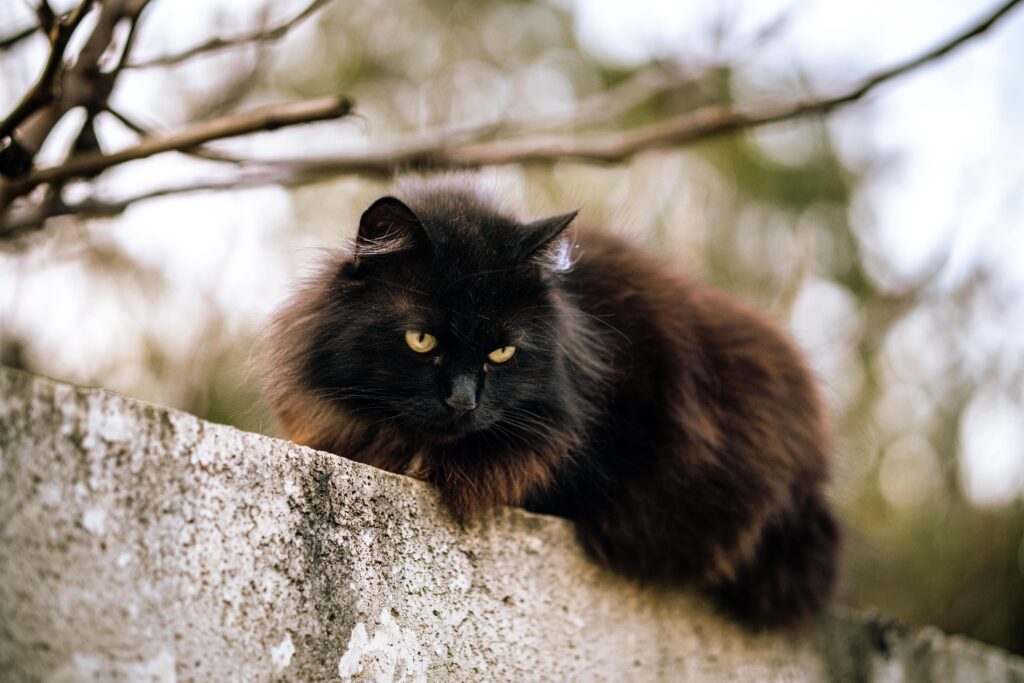
What Makes Long Haired Tortoiseshell Cats Unique?
The allure of long-haired tortoiseshell cats lies largely in their stunning and complex coat patterns. The term “tortoiseshell” refers to a specific coloration that features a blend of black, red, and orange fur, often appearing in a marbled or patchwork fashion. This distinct coat pattern is not tied to a single breed but can be found in various long-haired breeds, adding to its widespread charm.
The Rarity of Long-Haired Cats
While tortoiseshell cats are already unique due to their distinctive coat pattern, long-haired tortoiseshells are even more exceptional. The rarity of long-haired cats can be attributed to the genetic nature of the longhair gene. This gene is recessive, meaning that a cat must inherit it from both parents to express long fur. This contrasts with the dominant short hair gene, which is more commonly passed down through generations.
As a result, only about 1 in 10 cats possess the recessive gene required for long hair, making long-haired cats less common overall. When combined with the rare and beautiful tortoiseshell coloration, long-haired torties become a truly unique and prized companion. Their rarity and distinctive appearance make them a special find for cat lovers who appreciate the combination of luxurious long fur and the intricate, colorful patterns of a tortoiseshell coat.
Breeds Featuring Long Haired Tortoiseshell Cats
Long-haired tortoiseshell cats are prized for their unique coat patterns and can be found in several popular breeds, each with distinct characteristics:
Persian: Distinguished by their elegant, flowing coats and serene demeanor. has to be groomed every day to avoid matting.
Maine Coon: Large, sociable cats with dense, water-resistant coats. Needs regular brushing to prevent mats.
Ragdoll: Despite being pulled up with a limp gait, ragdolls are kind and submissive animals. Semi-long, silky hair requires regular grooming.
Siberian: Has a thick triple coat and is hypoallergenic. has to be groomed in order to control shedding and preserve coat health.
Turkish Van: Unique for enjoying the water, with a soft, semi-long coat that requires moderate grooming.
Norwegian Forest Cat: Well-adapted to cold climates with a water-repellent double coat. Requires grooming to prevent tangles and mats.
Care and Grooming of Long-Haired Tortoiseshell Cats
Long-haired tortoiseshell cats require regular grooming to maintain their beauty and health:
Importance of Regular Brushing
- Frequency: Aim to brush your cat 3-4 times a week, increasing to daily during shedding seasons to prevent tangles and mats.
- Preventing Tangles: Regular grooming helps remove loose hairs and prevents them from matting, focusing on common problem areas like behind the ears and under the armpits.
Dealing with Tangles and Mats
- Gentle Handling: Use fingers to gently work out tangles before using a comb to avoid discomfort.
- Detangling Sprays: Use specialized sprays to loosen knots and ease brushing.
- Professional Help: For severe matting, consider professional grooming to avoid harming your cat.
Recommended Grooming Tools
- Tools: Use a wide-toothed comb for initial brushing, a slicker brush to remove loose hair and prevent mats, a bristle brush for distributing oils, and a mat remover for stubborn tangles.
Grooming Techniques
- Techniques: Start grooming your cat early, use gentle strokes, and offer positive reinforcement with treats to create a positive grooming experience.
Additional Care Tips
- Bathing: Long-haired torties don’t need frequent baths, but occasional ones with cat-specific shampoo can help maintain cleanliness.
- Diet: A balanced diet rich in omega-3 and omega-6 fatty acids supports healthy skin and coat.
- Hydration: Ensure your cat drinks enough water for skin and coat health.
The Genetics Behind Tortoiseshell Cats
Complicated genetic variables directly result in the amazing coat patterns of tortoiseshell cats. Comprehending these genetics aids in the explanation of why male tortoiseshell cats are exceedingly uncommon and why female tortoises predominate.
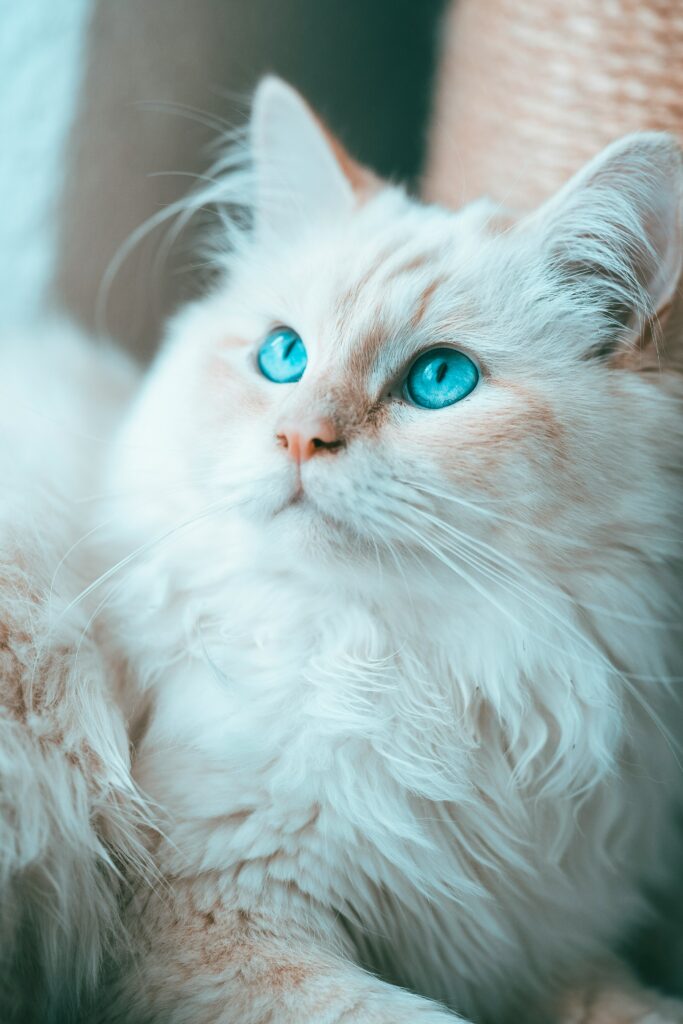
Explanation of the Genetic Factors
The interaction of genes on the X chromosome, which controls the color of a cat’s fur, results in the tortoiseshell coat pattern.
- X-Inactivation: In female cats, one of the two X chromosomes in each cell randomly becomes inactive, a process known as X-inactivation. This leads to patches of fur expressing either the black or the red fur color gene, resulting in the characteristic mottled or patchwork appearance of tortoiseshell cats.
- Mosaic Pattern: Since X-inactivation occurs randomly in each cell, no two tortoiseshell cats have the same pattern, making each tortie unique. This mosaic pattern is a hallmark of tortoiseshell cats.
Rare Occurrence of Male Tortoiseshell Cats
The occurrence of male tortoiseshell cats is extremely rare due to their genetic makeup. For a male cat to be a tortoiseshell, it must have an extra X chromosome, resulting in an XXY configuration instead of the typical XY.
- Klinefelter Syndrome: When a male cat acquires an extra X chromosome, they develop a hereditary disorder called Klinefelter Syndrome, which is identical to Klinefelter syndrome in people. Male tortoiseshell cats with this condition have the XXY genotype, allowing them to express both black and red fur colors.
- Health and Fertility: Male tortoiseshell cats are often sterile due to the genetic anomaly of Klinefelter syndrome. They may also experience other health issues related to their chromosomal abnormality, such as reduced bone density and a higher risk of certain diseases.
Conclusion
Owning a long-haired tortoiseshell cat, or tortie, is a journey filled with beauty, uniqueness, and companionship. These cats are captivating with their stunning coat patterns of black, red, and orange, each as unique as a fingerprint. Beyond their appearance, torties bring charm with their spirited personalities and affectionate nature.
Caring for a long haired tortie involves regular grooming to maintain their luxurious coat and prevent tangles. This grooming routine not only keeps them looking their best but also strengthens the bond between owner and cat, fostering trust and companionship.
Adopting a long-haired tortoiseshell cat means welcoming a truly unique companion into your life, each with a story told through their coat that reflects their genetic makeup and personality. Whether lounging gracefully or playfully exploring, torties bring joy and warmth to any home.
As you embark on this journey of cat ownership, cherish every moment with your long haired tortie. They are cherished members of the family, deserving of love, care, and understanding. Their rarity and beauty make them a treasure worth celebrating and sharing with others who appreciate the magic of long-haired tortoiseshell cats. Consider adopting and opening your heart to the joy and wonder these remarkable cats bring into your life.
FAQs About Long-Haired Tortoiseshell Cats
Are long-haired tortoiseshell cats rare?
Long-haired tortoiseshell cats are relatively rare compared to their short-haired counterparts. The longhair gene is recessive, found in about 1 in 10 cats. When combined with the distinctive tortoiseshell coloration, long-haired torties become even more uncommon and sought after.
Can tortoiseshell cats have long hair?
Yes, tortoiseshell cats can have long hair. This coat pattern is found in various long-haired breeds, including Persians, Maine Coons, Ragdolls, Siberians, Turkish Vans, and Norwegian Forest Cats. Long hair can be seen in both purebred and mixed-breed torties.
What are some popular long-haired tortie cat breeds?
Popular breeds featuring long-haired tortoiseshell cats include:
- Persian: Known for luxurious long fur and a sweet temperament.
- Maine Coon: Large, sociable cats with dense, water-resistant coats.
- Ragdoll: Gentle and affectionate with semi-long, silky fur.
- Siberian: Hypoallergenic cats with dense triple coats, suitable for allergy sufferers.
- Turkish Van: Enjoys water and has a semi-long, silky coat.
- Norwegian Forest Cat: Adapted to cold climates with a thick, water-repellent double coat.
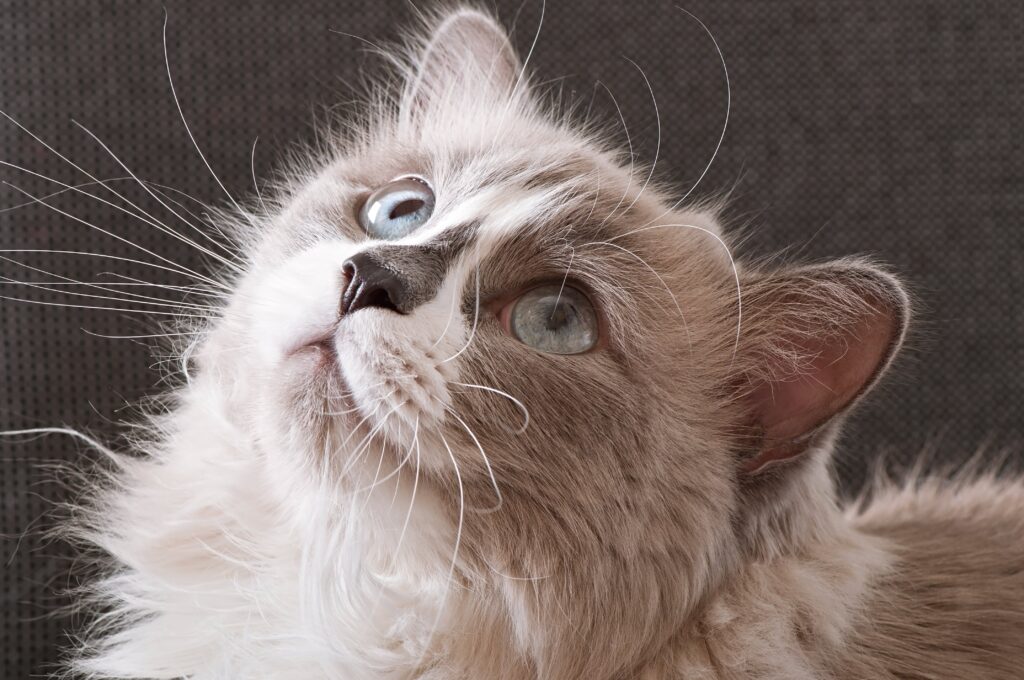
How should a long-haired tortoiseshell cat be groomed?
Caring for a long-haired tortoiseshell cat involves regular grooming and overall health management:
- Regular Brushing: Brush at least 3-4 times a week to prevent tangles and mats.
- Preventing Tangles: Focus on areas prone to matting, like behind the ears and under the armpits.
- Grooming Tools: Use tools such as a wide-toothed comb, slicker brush, and mat remover to maintain a smooth, healthy coat.
- Healthcare: Schedule regular vet check-ups, provide a balanced diet, and ensure adequate hydration.
Read More:

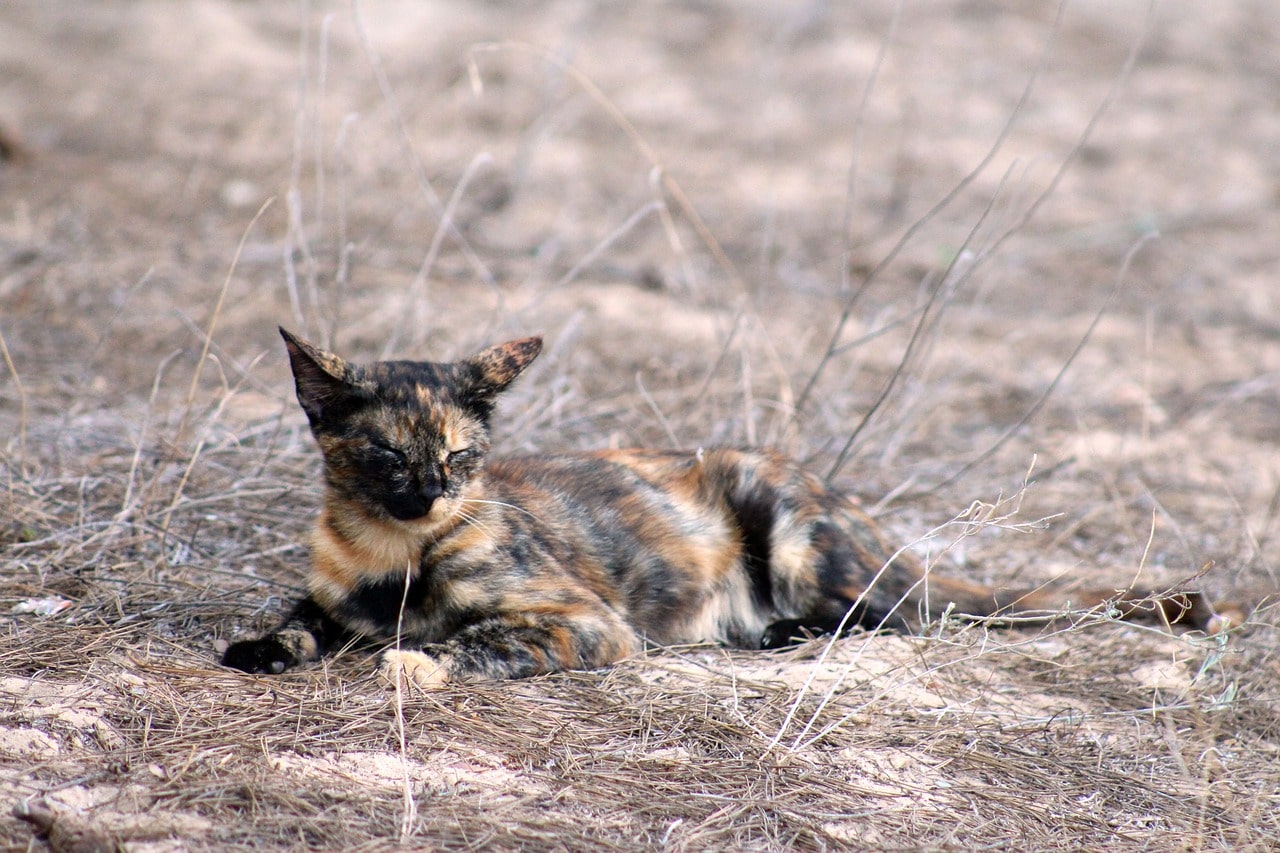
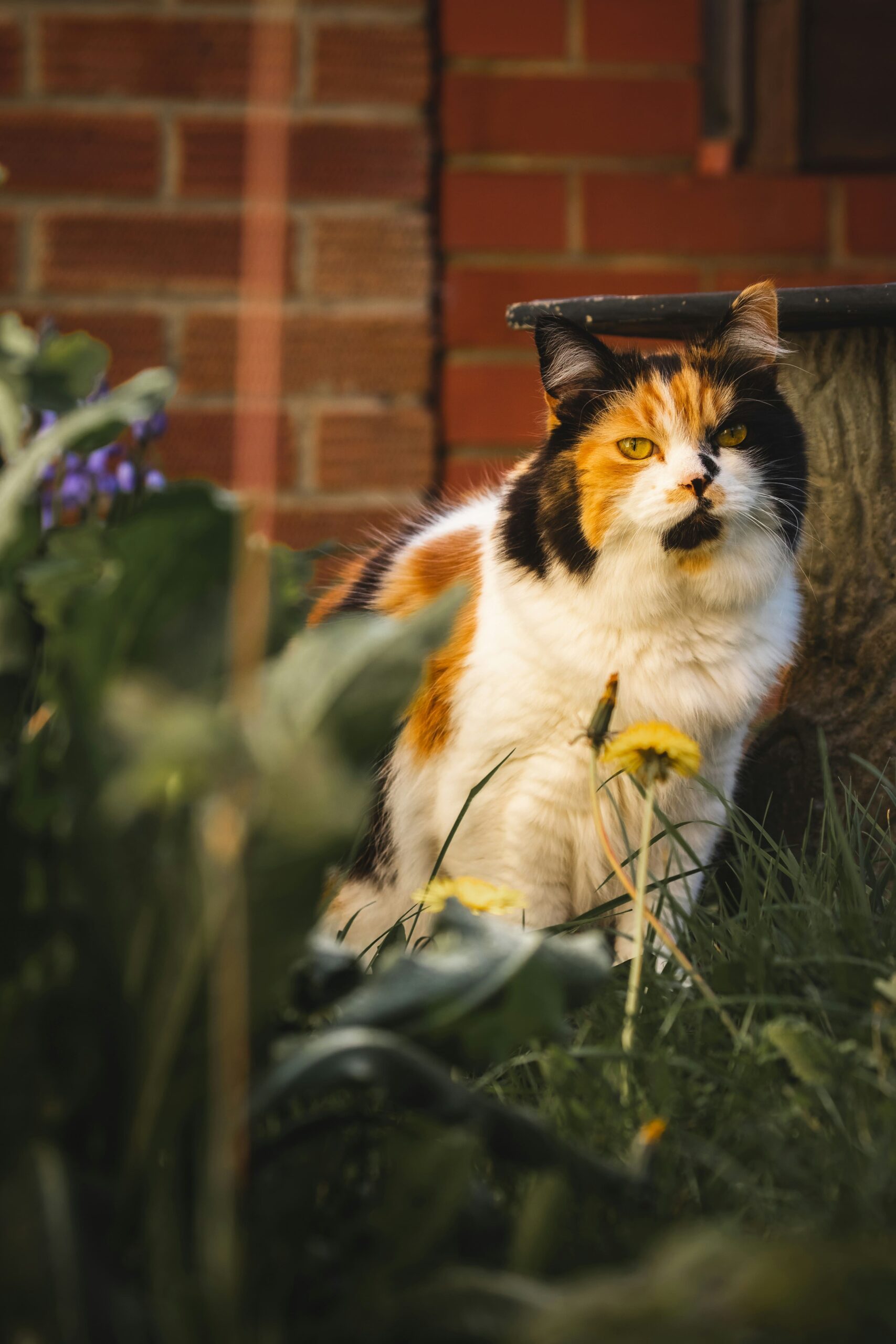
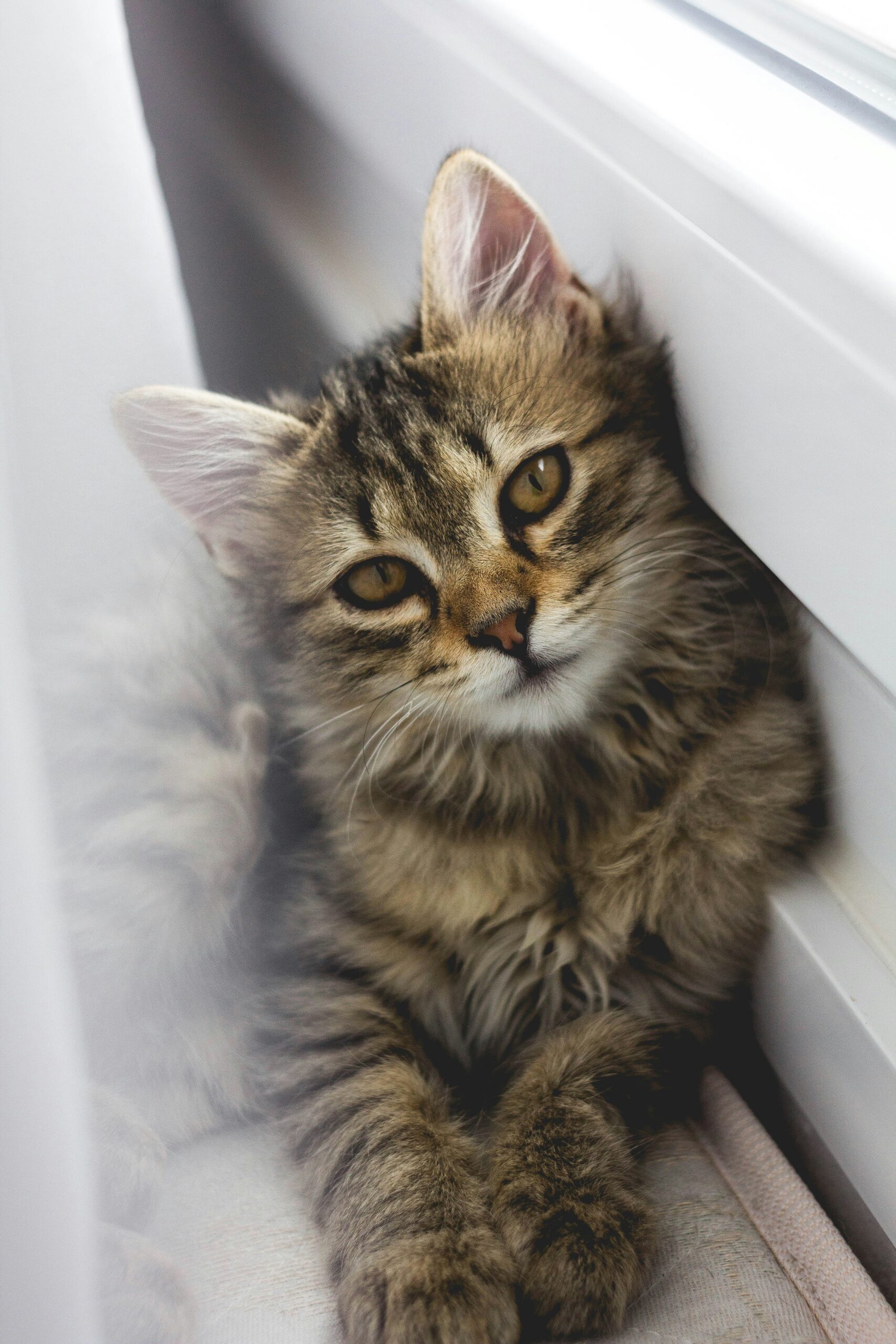
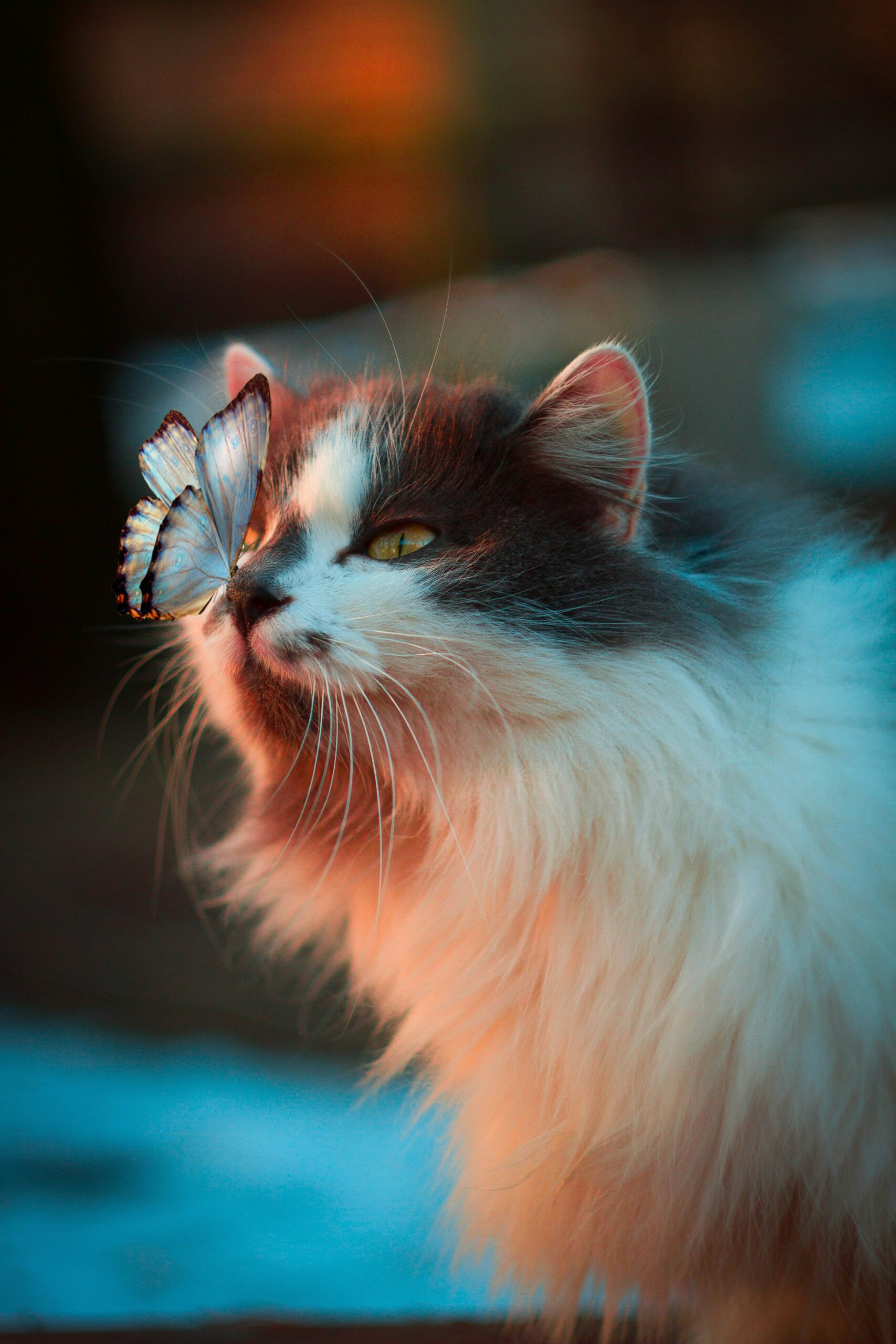
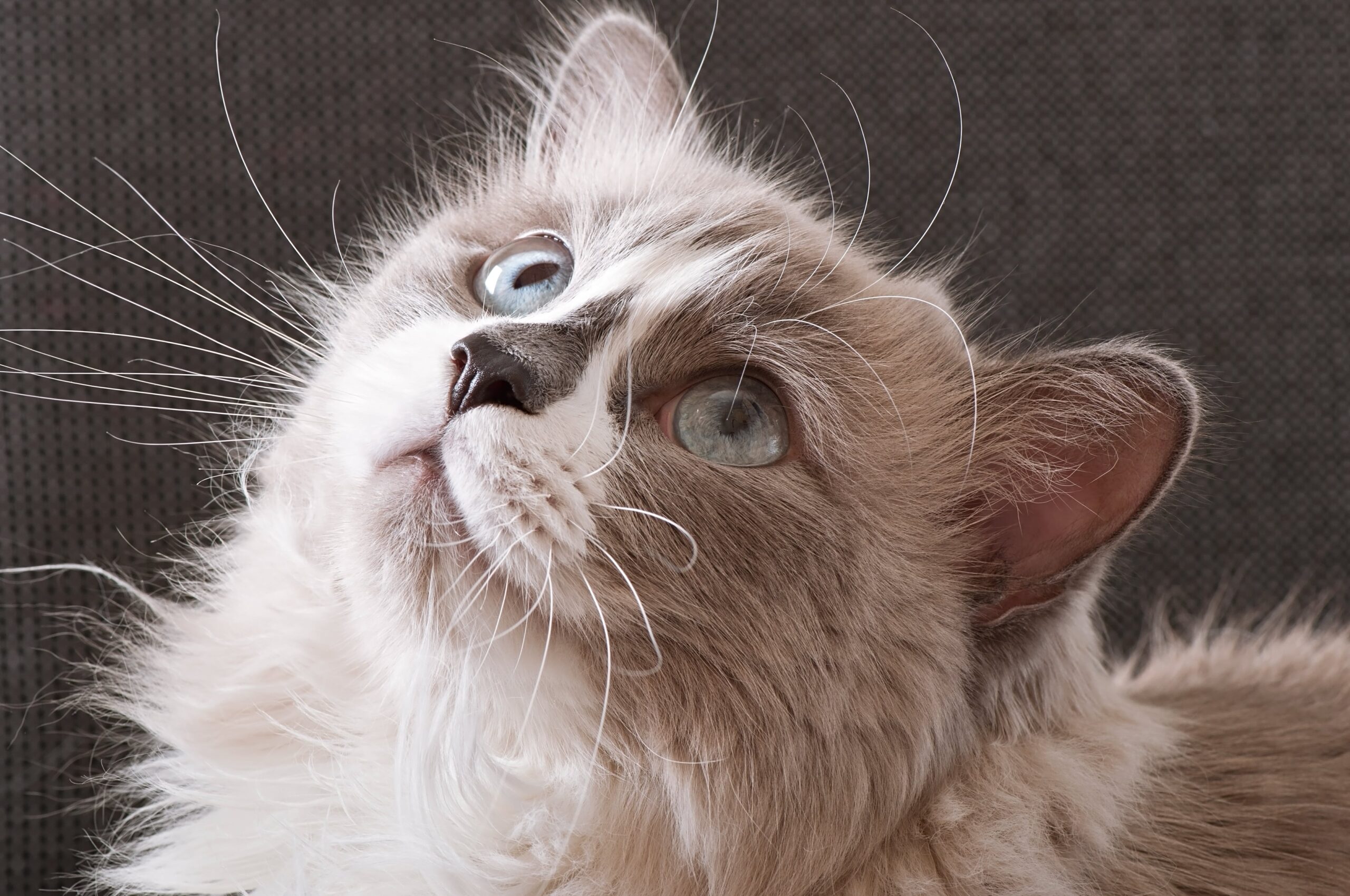


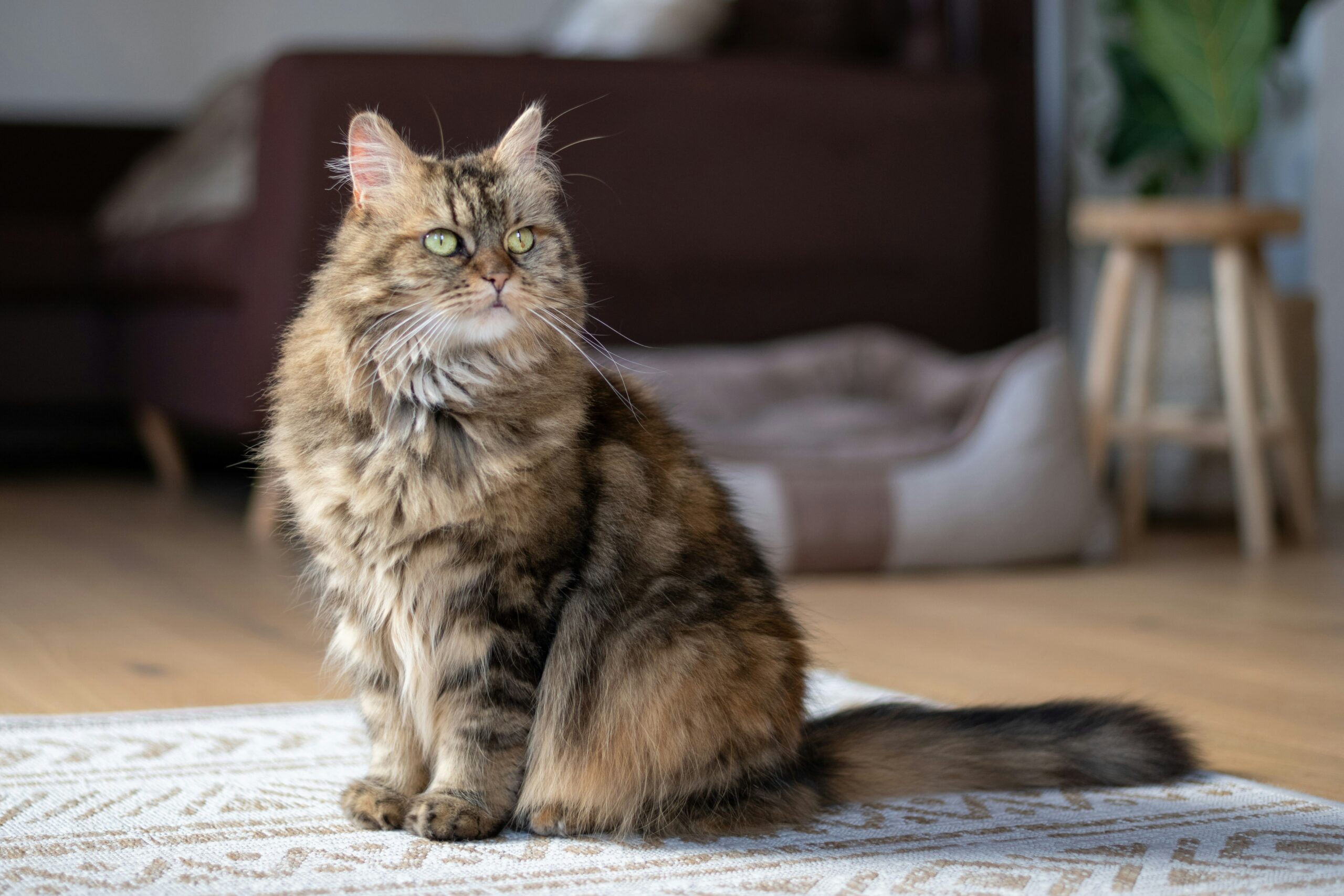
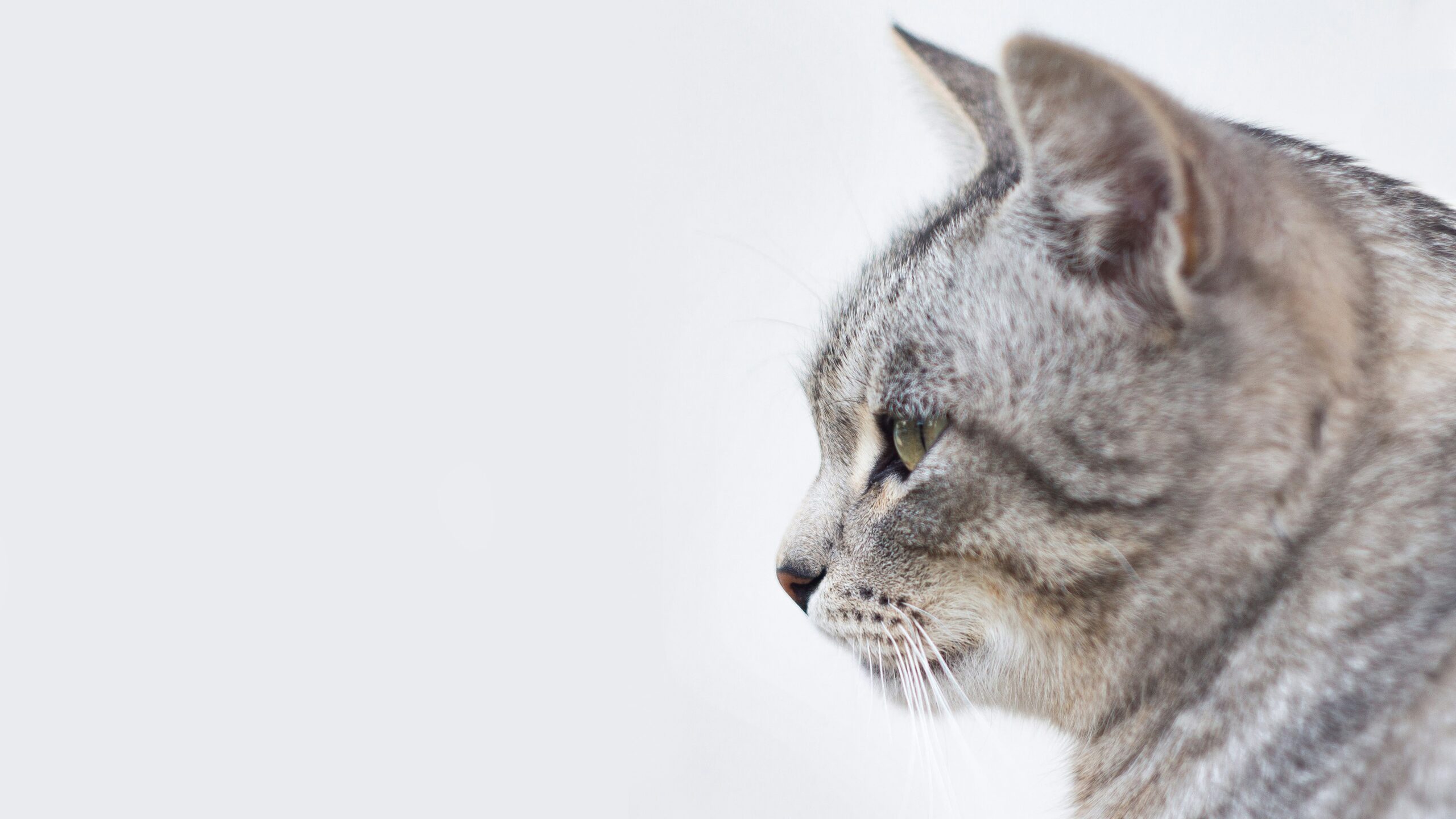
Leave a Reply